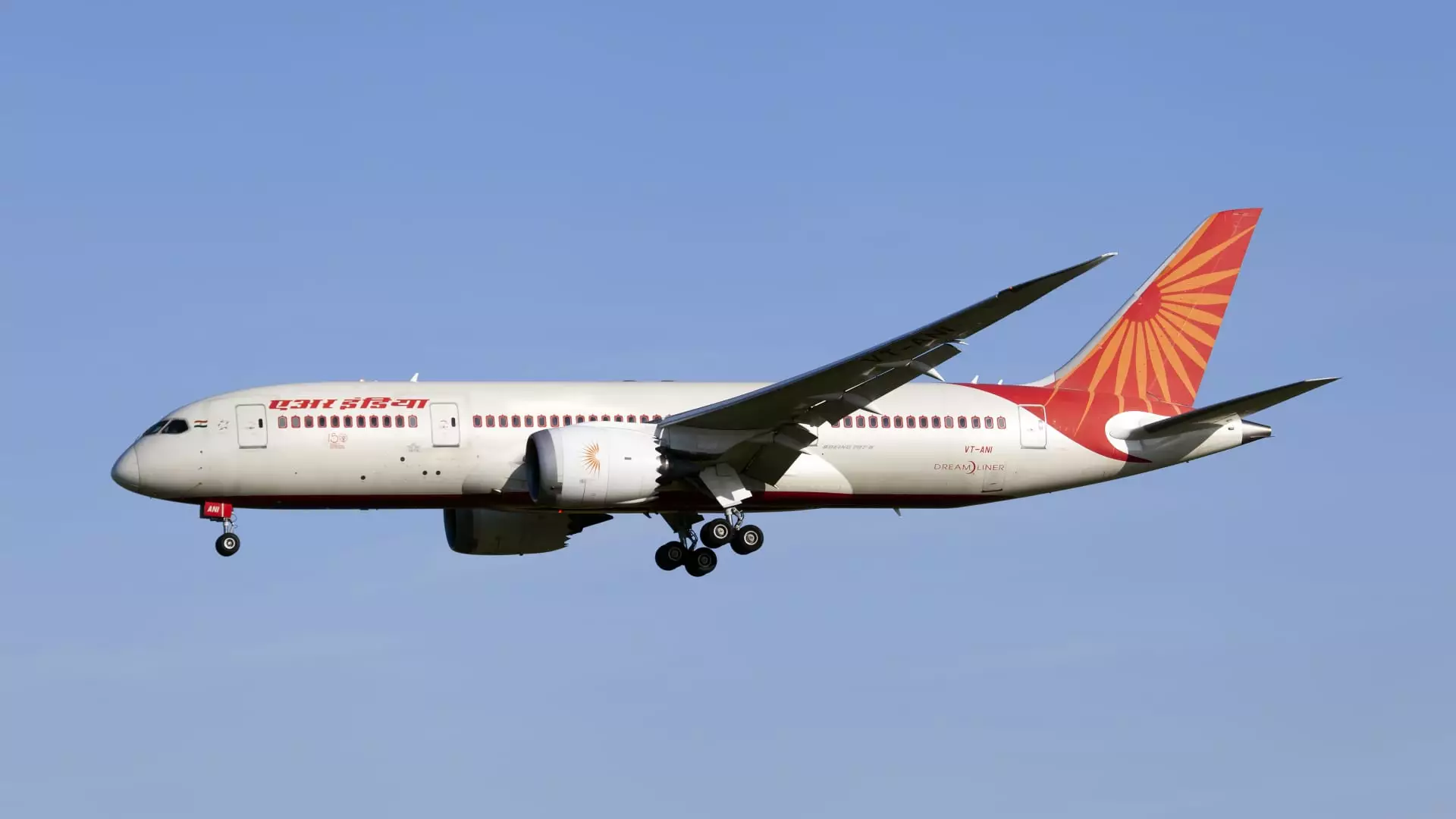Air India’s recent attempt to reframe its recent catastrophe as part of a “new normal” reflects an unsettling tendency in the aviation industry—downplaying tragedy in pursuit of resilience and profitability. CEO Campbell Wilson’s statements acknowledge an ongoing safety review, yet his language subtly minimizes the gravity of the June crash, suggesting that the aircraft and operational systems are fundamentally sound. This kind of reassurance can be dangerously complacent, masking deeper systemic issues that must be confronted head-on. When a flight crashes due to cockpit confusion—and with the preliminary report pointing to crew operational mistakes—the emphasis should be on rigorous accountability and transparent investigations, rather than settling into a narrative of smooth recovery.
Superficial Safety Measures Won’t Conceal Underlying Flaws
Wilson’s mention of a safety pause and ongoing review appears positive on the surface but falls short of addressing the core problem: are safety standards genuinely evolving, or are they merely bureaucratic gestures designed to appease regulators and shareholders? Investing in shiny new aircraft and technological upgrades is not enough if human factors, crew training, and organizational safety culture are neglected. The fact that initial investigation points to cockpit confusion—linked to pilot communication lapses—indicates systemic vulnerabilities that cannot be remedied with surface-level protocols. Aviation safety is deeply rooted in rigorous, continuous training and authentic accountability, not merely in reactive measures following disasters.
The Cost of Modernization Without True Safety Culture
The airline’s ongoing modernization, backed by its privatization-driven capital infusion, masks a troubling dichotomy. On one hand, a fresh infusion of funds and state-of-the-art aircraft signals growth and competitiveness; on the other, it can foster an environment where operational pressures and corporate ambitions overshadow safety concerns. Wilson’s emphasis on adopting “normal” private practices risks glossing over the necessity for a safety-first mindset—a culture that demands relentless scrutiny of procedures, honest reporting of errors, and ongoing education. The emphasis on “long-term decisions” must translate into establishing mental and procedural safety frameworks, not just financial planning.
Corporate Priorities vs. Passenger Safety
It is inherently problematic that a major airline involved in a preventable, catastrophic accident chooses to focus on business metrics—new cabins, expanding fleet orders, and market positioning—rather than confronting the core issues of safety and human error. Market expansion should never come at the expense of passenger or crew well-being. Instead, a genuinely responsible airline would prioritize cultivating a safety culture that places human lives above profits. The tragic crash serves as a stark reminder that technological advancements cannot substitute for disciplined human oversight and accountable operational practices. If anything, the focus must shift from marketing the ‘modern’ image to implementing robust, enforceable safety protocols that can withstand scrutiny and prevent future calamities.

